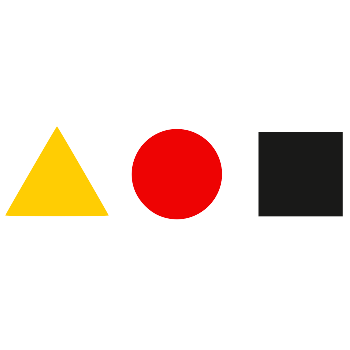Discover and explore top open-source AI tools and projects—updated daily.
ctc-segmentation by  lumaku
lumaku
Python package for audio segmentation and utterance alignment
Top 80.5% on SourcePulse
This Python package provides CTC segmentation for aligning audio files with text, enabling utterance-level segmentation and timestamp extraction. It is designed for researchers and developers working with large audio datasets and end-to-end ASR systems.
How It Works
The core of the package involves a three-step process: 1. Forward Propagation: Character probabilities from a CTC-based neural network are used to build a trellis diagram, with zero transition costs for start-of-sentence or blank tokens to handle preamble segments. 2. Backtracking: A most probable path of characters is determined through all time steps, starting from the highest probability for the last character. 3. Confidence Score: A confidence score for each utterance is derived from character alignment probabilities, aiding in the detection and filtering of low-quality segments.
Quick Start & Requirements
- Install via pip:
pip install ctc-segmentation - Requires a pre-trained CTC-based ASR model and its corresponding processor/tokenizer (e.g., from Hugging Face Transformers).
- Example usage with
wav2vec2-large-xlsr-53-englishis provided in the README. - See official documentation for detailed integration examples with ESPnet, NeMo, and Speechbrain.
Highlighted Details
- Supports both utterance-level alignment and word-level timestamp extraction.
- Offers flexibility in data preparation, allowing alignment from token lists or raw text.
- Includes parameters for fine-tuning alignment behavior, such as
min_window_sizeandblank_transition_cost_zero. - Provides methods for segment clean-up based on confidence scores.
Maintenance & Community
- The project is actively maintained by Ludwig W.
- Integration examples are available for popular ASR toolkits like ESPnet, NeMo, and Speechbrain.
Licensing & Compatibility
- The package is released under the MIT License.
- Compatible with commercial use and closed-source linking.
Limitations & Caveats
- Requires a CTC-based ASR model; it is not a standalone ASR system.
- Transformer-based ASR models can lead to high memory consumption and slow inference on long audio files, potentially requiring audio partitioning.
- The accuracy of alignments is dependent on the performance and potential frame shifts of the underlying ASR model.
1 year ago
Inactive

 egorsmkv
egorsmkv neonbjb
neonbjb revdotcom
revdotcom echogarden-project
echogarden-project theblackcat102
theblackcat102 VITA-MLLM
VITA-MLLM SpeechColab
SpeechColab yandexdataschool
yandexdataschool kadirnar
kadirnar MontrealCorpusTools
MontrealCorpusTools MahmoudAshraf97
MahmoudAshraf97 m-bain
m-bain